
Castillo de Locubín. The anvil of time
In the Route of the Caliphate, nestling against a hillock, Castillo de Locubín offers a breath-taking view that overlooks its adjoining provinces: Granada, Córdoba and Jaén. From its fortress, a sight of the majestic Sierra Nevada spreads with the fertile plain and the city of Granada in its foothills.
Ever since we entered the false valleys of the Subbética mountain range, harbingers of spring have started to appear on curve after curve, in unison with the morning. Blossom almond, cherry, and plum trees paint little pink and white dots along the mountainsides still darkened where the olive trees, despite being planted in their own realm, are not the kings. The large Mota (hillock) of Alcalá de los Zaidos ̶ being the same Moor Zaide of the Border Romances ̶ whose name was Hispanized to Alcála de Benzaide, is silhouetted for a few minutes within the frame of the landscape until a change in course veers sharply to delete it.
It is the third-to-last Saturday winter. Eleven o’clock in the morning sounds in some clock ̶ maybe that of the old Granary ̶, and mixes with the chatter of kids playing in front of the fountain next to the promenade, and with the tolling of bells for a death in the church marks the pace of a funeral cortege up the street.
The castle sits on a hillock that overlooks the territories of the provinces of Granada, Jaén and Cordoba ̶ a top requirement, as in every border region, for defence. From this rugged fortress, the view of Granada emerges clearly with Sierra Nevada as a gigantic backdrop and the exuberant fertile plain that precedes it.
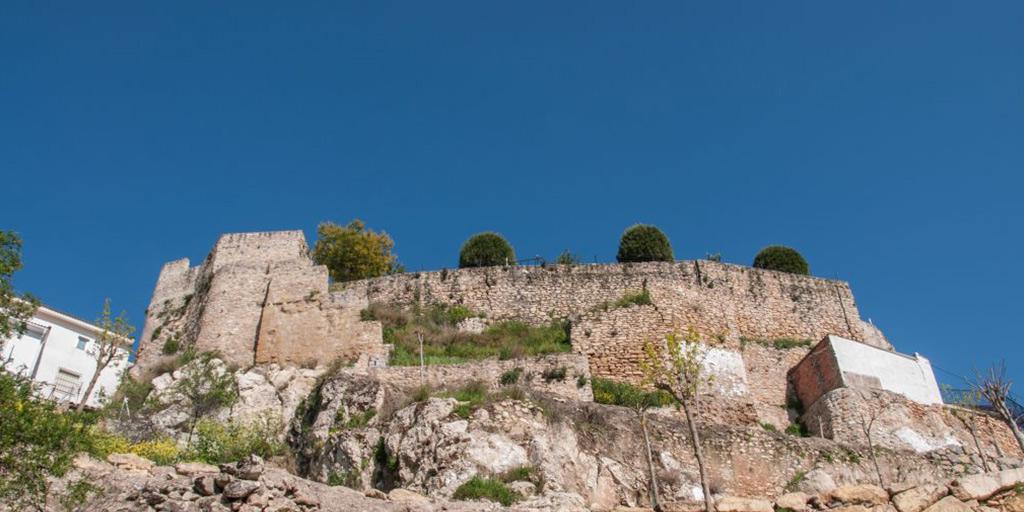
Isn al-Uqbínin Arabic, meaning “the eagles’ castle”, is described in many Arab sources, and one of the most accurate is that of the famous Ibn al Said. Born in Alcalá la Real in 1214, he is referred to by his biographer Ibn al-Khatib, as “the jewel in the centre of the necklace that makes up his family, the wisest man in his land, the pearl of his country, author and compiler, a great traveller, and an original character, a good informer, extraordinary in his pilgrimage through the world, in visiting the powerful, in enjoying in major libraries, and in gathering interesting data about the East and the West.” What better eulogy could there be!
Ibn al-Said told us: “Isn al-Uqbínis one of the castles of Alcalá la Real placed on a beautiful and flourishing valley. My father informed me about this, and he told me that he frequently met there [in the castle] when he was young with his relatives and friends who had a palace in the valley where they dedicated themselves to the amusements of the youth, moving around the outskirts, free as wind.”
Ahmad b. Lubb al-Uqbini, a famed XII-century poet was also born in Castillo de Locubín.
They are mainly men ̶ how ironic ̶ who can gain entrance into the Hermitage of Jesús el Nazareno, as only men are allowed into the mosque in Chaouen; but they do not kneel. They look, standing with their arms in their back, an the image of Christ in the small chapel carrying an inlaid cross and dressed, as if he was a paterfamilias of an old-fashioned society, in an embroidered tunic as if time had preserved it macerated. On some sheets, fixed on the door are the brotherhood’s accounts, in sort of annual mathematics, although timeless, interpose between God and His creatures.
Outside it is something completely different, outside now is Time, and its persistent hammering over its geographic position is both enviable and envied, the one that rules in “The Castle” ̶ as the villagers call their town ̶ for thousands of years, long before it had its current name. The whimsical walls of the mountains, the tempestuous caves, the water, the cattle wandering around in search of pasturage were all what provided the strategic layout to make of this place a “hinge and key”: its dwellers made the rest. That is what visitors realise right away.
̶̶ Are you descendant of Castillo? ̶ asks a woman first, and then a man, and another one after that, until making necessary an answer in the form of a question so as to ignite the conversation.
̶ Are there many people from Castillo around there?
̶ Many, many people. Many people left here. There are people from Castillo around the world.
From the 50’s of the last century, many of them took the paths of the diaspora, first to Barcelona or Madrid, later to France, Germany, Switzerland and Holland… People from Castillo were spread throughout Europe, and some still are, as if they were subjected to an order of destiny which compels them, from time to time, to go away, or to change sides, to be anything that people from the Border are forced to be: Iberians, Romans, those Moors of the 8th century, muladíes (Christians converted to Islam) that next day were already part of the caliphate, Zirids, Almoravids, Almohads, new Castilians, Nasrids, Banu Saids’ people ̶ the Abanzaydes from the neighbouring Alcalá ̶ , Castilians again, serfs of the knights of the military orders, knights, servants of the king, members of some noble’s military forces, day labourers from Alcalá… Many of them were re-emigrants; gardeners at last, finally, and once for all.
The castle that gives it name to the village is named, and which its inhabitants prefer to call La Villeta, can bear witness to this. Its walls and towers rise steeply on the slope, defying the passage of time. Yet, the Castilleros (inhabitants of Castillo de Locubín) endured the blows of fate with the best of weapons: by marking the fixed dates of the lustrales[1]fiestas, raising periodic ceremonies instead of walls, and setting in time the dates for the fiesta’s milestones. Thanks to them, it was possible to transcend Time; thanks to them those who left still have a reason to return. This is perhaps the reason for such children’s bustle.
It may drown out the murmur of the fountain and bells can toll their farewell to those who after walking the earth ended up here, in their village and in the one of their eldest.
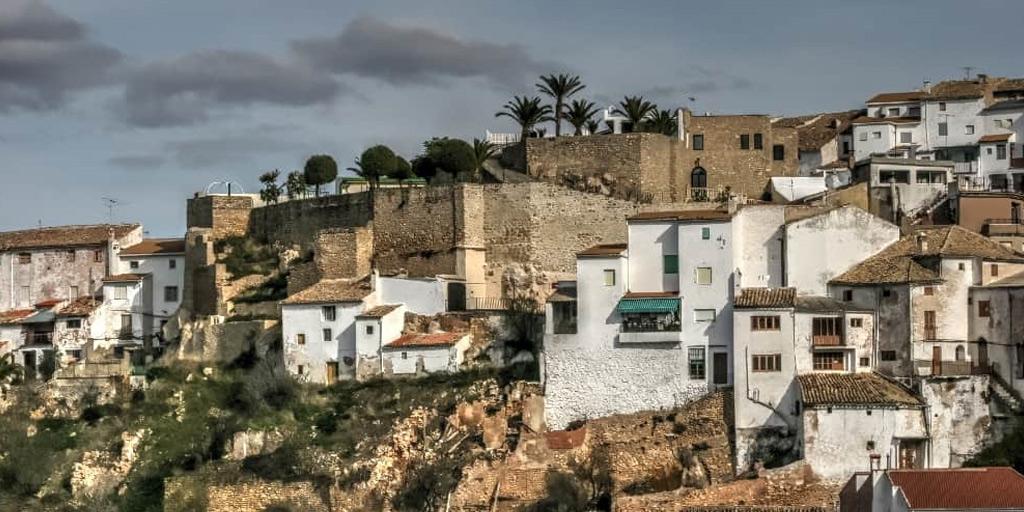
[1] Fiestas that took place every five years, introduced in Rome in the times of Tulio Hostilio (6th c. BC), which included expiatory sacrifice.
As the funeral cortege passes by, the steeple of the parish tower, peeping out over the silences and the whites of the street façades, invites us to walk down while the bubbling of water under the sewers leads our gaze toward the low defensive walls that people have built to prevent the flash floods. Neatly whitewashed, they still show the fresh strokes of the requisite whitewashing that comes before Easter and the rebirth of life.
When did these houses start to be whitewashed year after year with the announcement of the renewal of spring?
The church. The temple is the parish church of San Pedro. It appears with its main façade fully covered by a gate of classical forms belonging to the other Renaissance, the one that five centuries before had moved forward like a wave throughout the territory of Jaén that had not fall into the part of Ferdinand III, that of the lands of Jaén that were just integrated into Castile by the time, and this is maybe the reason why it was more open to novelties and to adopting all manner of new things with the eagerness of a convert.
Just as I crossed the rood screen, the impressive barrel vault left me astounded, making me recall a similar feeling that I had upon entering the small church of Sant’Andrea de Mantua, by Leon Battista Alberti, while I was still distracted by a small statue of Virgil standing against an old tower opposite this building. Then I realized that some days before, I had read that the building was built by Juan de Aranda, a native to Castillo de Locubín and right-hand man of the Spanish Renaissance architect Andrés de Vandelvira.
In Spain, in general, and in Andalusia in particular, the churches in the rural areas have always been in the hands of people not always very skilled regarding artistic disciplines, and that is obvious: the decoration is the result achieved through many years of donations or whims; the post-conciliar fashionable way of leaving churches simply barren, has made the rest. However, even with this, scrolling it up and down is a pleasure for anyone who loves the “Great Art”.
Outside, sun still slips down the theory of the roofs which compose those in the transept, the central nave, and the dome. Bells have stopped tolling.
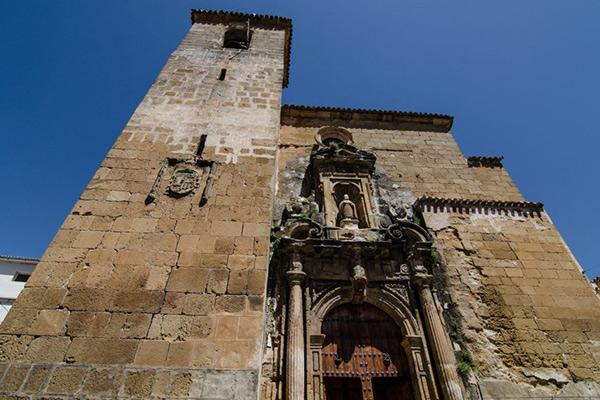
Another steep slope and some twists and turns take us to the square, which not only should have been related to the castle, La Villeta, today a private property locked by a large gateway, but to the very origins of the location. The square has the right proportions and a stone fountain, oddly overlapped by another one from an industrial forge, those that were signs of progress that arrived in the 19th century from Vilanova y Geltrú, still to be “catalonianalised”. Several old men tell us stories in the peaceful sun about the excitement of Maundy Thursday and Good Friday, when the brotherhoods go through the village, climbing restlessly the slopes and experiencing the encounter of the Virgin and Father Jesus or the urn of Christ at Rest.
For here we are in the vortex of the Passion of Christ in Andalusia, in the triangle formed by Córdoba, Jaén, and nearly Málaga and nearly Seville, that resists following the canons and judgements during the Moon of Easter Festival as they are spread in big cities like Seville, Córdoba or Málaga. They continue with the traditional way to celebrate processions, how to parade and fill with emotion Good Friday, the only feast day, which lasts from dawn to the morning after, as in the old days.
The old men talk to us about the feast, about the emotions they feel when the Nazarene Christ gets out in the morning the Great Day, about the Virgen de los Dolores who comes from the parish, and their way back to it, of the departure of the urn of the Santo Entierro (Holy Burial), which is taken without interruption by the carriers from the square and addressed to the heart of the neighbourhood of San Antón, about the second encounter…
In Autumn holidays Father Jesus is also the main protagonist, for there must be someone to whom to give thanks for the crops, and there must be somebody to bless the ones to be harvested.
Apparently, these men are talking about what takes place on the day of Good Friday, with the fullest and oldest moon of the year, but actually, they are talking about their youth: the representing of the biblical scenes that were then performed, their girlfriends, recalling that at those times everything was hope, the expectations of the young, and the reason why all that seems better now.
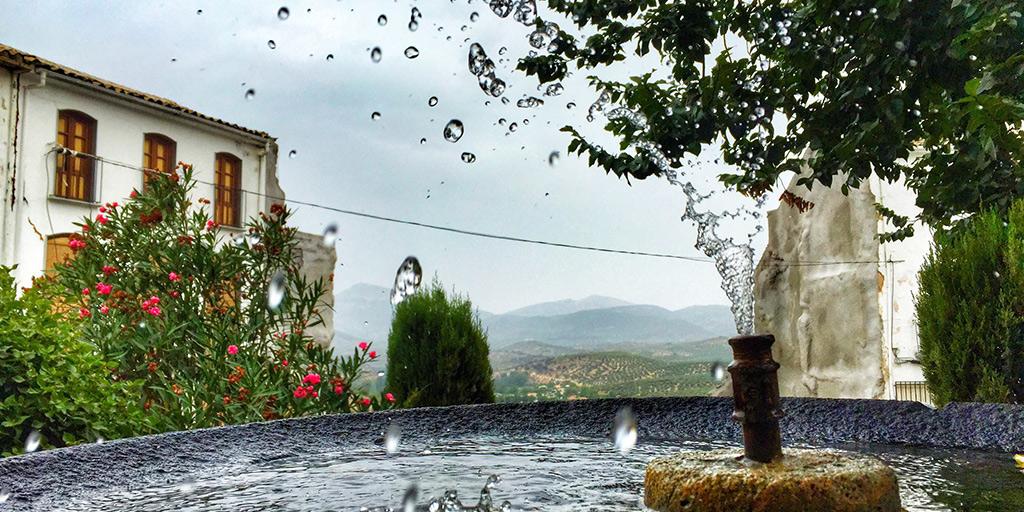
However, it was certainly not. The recently restored houses, the renovated look ̶ not always in line with the village aesthetics, although surely more comfortable ̶ of the façades and balconies proclaim so. If anything, a diminished tradition remains mostly in the horizontal narrowness of the windows on the second floor. Or in some lookout that the slope and its curves do not allow us to contemplate in their real dimensions while going in search of the cosy Plaza del Pósito. The superb stonework building has witnessed those centuries when the ambassadors of the Serenissima or the Maritime Republic of Genoa presented their credentials in Seville, and Andalusia was called “the granary, stable and winery of Europe.” Nobody has been able to prove neither author nor the time of its construction. It might have been raised ̶ as it is said ̶ in the 17th century, or maybe in the 18th; there is not a single piece of information on this; now it does not store wheat but culture; under its vaulted cellars, restored during a singular campaign to protect these buildings, undertaken not much time ago by the Andalusian Ministry of Public Works, it is home of the Public Library and the Pablo de Rueda Museum, an outstanding artist of an universal vocation, native to Castillo de Locubín, who was settled in Holland.
It is crowned by a clock with two bells, so well coated and so Neo-Gothic that its looks like Brussels, installed over the top by some illustrious person of the 19th century ̶ maybe during the First Republic, maybe amidst the bigwigs’ times… ̶ who knows why. Maybe because there was not a bishop who had ordered to put it on the tower of the parish church first. But this civil clock (there are not many civil clocks in our villages) has for hundred of years chimed the hours by dividing the 360 degrees of the earth’s circumference rather than by the liturgy of dividing the day by the clock marking the times of dawn, chorus, angelus, vespers, prayer and souls.
Still further above the bell of hours, on the top of the pinnacle is the weathercock, pointing out, as luck would have it, the fertile plain of San Juan River, the true and real demiurge of the site. Its bridge was in times of old the great common divisor amongst different parties; today a watchtower of old mills and modern orchards of cherries, which are the “Dorado” for the inhabitants of El Castillo today.
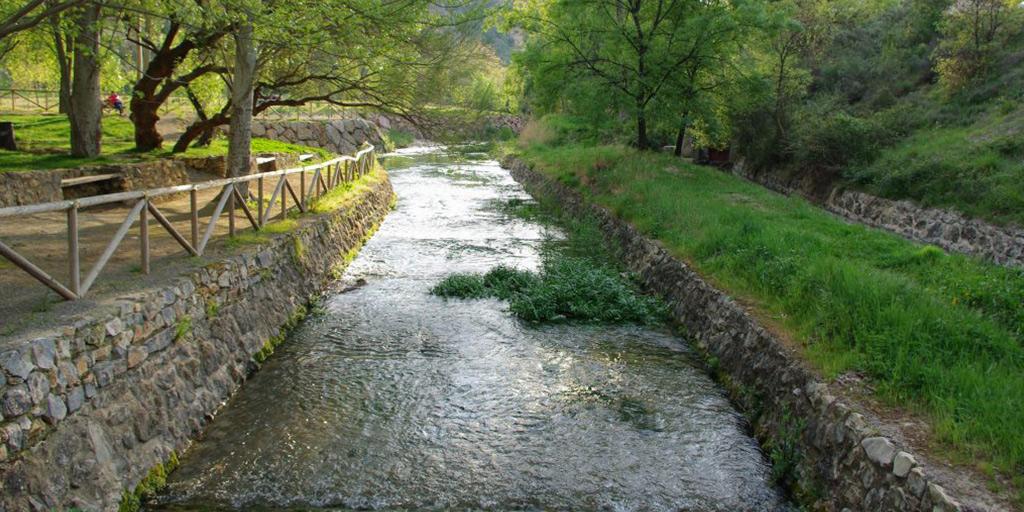
On this morning, cherries are but a promise in the form of a flower, hardly seen among canes and tree stumps licked by water. One day soon, the cherry will become the subject of the speech for the festivities of Castilllo de Locubín far beyond these mountains and will be the queen of these festivals.
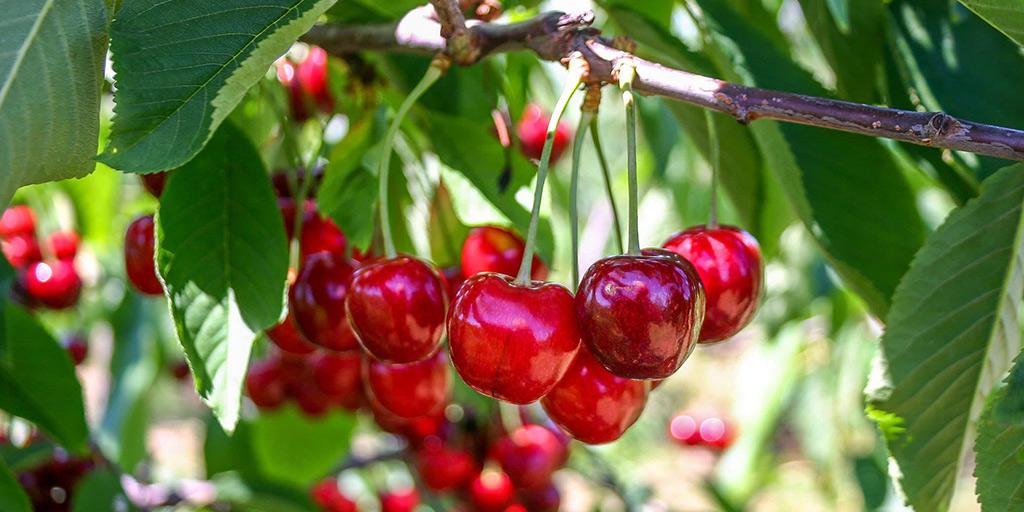
But before that, we will have to get through Good Friday and into Easter Sunday.
By Antonio Zoido
Writer

